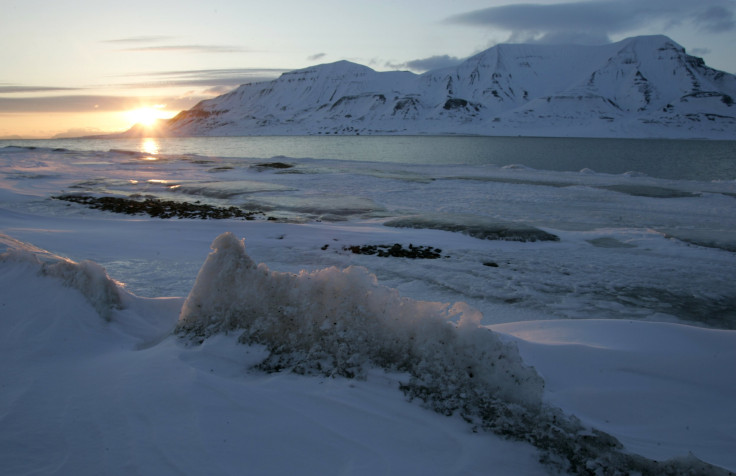Denmark Makes First Legal Claim To North Pole As Energy Race Heats Up, But Is Willing To Share

The tiny Scandinavian nation of Denmark has made the first formal claim to the seabed under the North Pole, possibly laying the groundwork for a fight with far more powerful states over resources that may be untapped at the top of the world. While other nations with an Arctic Ocean border have made similar claims, including Russia’s attempt at planting a flag in the seabed in 2007, Denmark is the first to make a claim under the relevant United Nations law.
The claim is based on the continental shelf of Greenland, an autonomous country within the Danish kingdom, extending from its eastern Arctic coast toward the North Pole. The claim may put the small country of 5.6 million people on a geopolitical collision course with far bigger countries, including Canada and Russia, both holding legitimate claims on the area as well.
“It’s important to mention that we’re only talking about the seabed,” said Alexander Shestakov, an environmental law expert and director of the World Wildlife Fund’s Arctic Program. “This claim does not affect the water column or the use of the water, which stays under international law. They only have rights to the seabed, meaning no one has an exclusive right over the North Pole as we know it.”
The new claims do not challenge any current territorial sovereignty or established Exclusive Economic Zones, Shestakov said, so any concerns over currently known energy reserves are largely overblown. However, it is acknowledged in the international community that the Arctic Ocean may contain as much as 13 percent of the world's gas reserves, and that knowledge -- together with a warming climate making the Arctic ice-free for longer periods of the year -- is leading to an increasingly politicized, if not militarized, Arctic region.
Russia plans to place troops on its own Arctic coast, as has NATO member Norway. “The Arctic has been the one area where Russia has shown itself to be cooperative, but now the warning signs are there that things could get more difficult,” said a former Scandinavian government minister quoted by the Financial Times.
Martin Lidegaard, Denmark’s foreign minister, was quick to downplay the potential political fallout that may come from the claim. “Only if you are able to settle this in a peaceful manner can we expect the rest of the world to respect the border,” said Lidegaard. "That is the big carrot. It might take two or three decades, but then these borders might last forever.”
The geological feature that connects Greenland to the areas around the North Pole is known as the Lomonosov Ridge, a 2,000km (1,240-mile) underwater mountain range that extends from Canada and Greenland all the way to the shores of the Russian Federation’s own continental shelf, giving all three a potential claim.
However, the Danes acknowledge in their claim that they are willing to come to some sort of agreement.
“There are potential overlaps of entitlement to the Northern Continental Shelf of Greenland,” read the report, outlining the close relationship Denmark had with Russia and Canada in the submission of the report. Accordingly, during the preparation, Denmark has held regular consultations with Canada.
“From these consultations it became clear that the outer limits of the continental shelf of Canada would overlap those of the outer limits of the Northern Continental Shelf of Greenland. The matter is subject to consultations between the parties.”
A similar agreement was made with Russia, and acknowledges that the United States may show an interest in the region in the future, if it becomes a party to the U.N. Convention on the Law of the Sea.
© Copyright IBTimes 2025. All rights reserved.






















